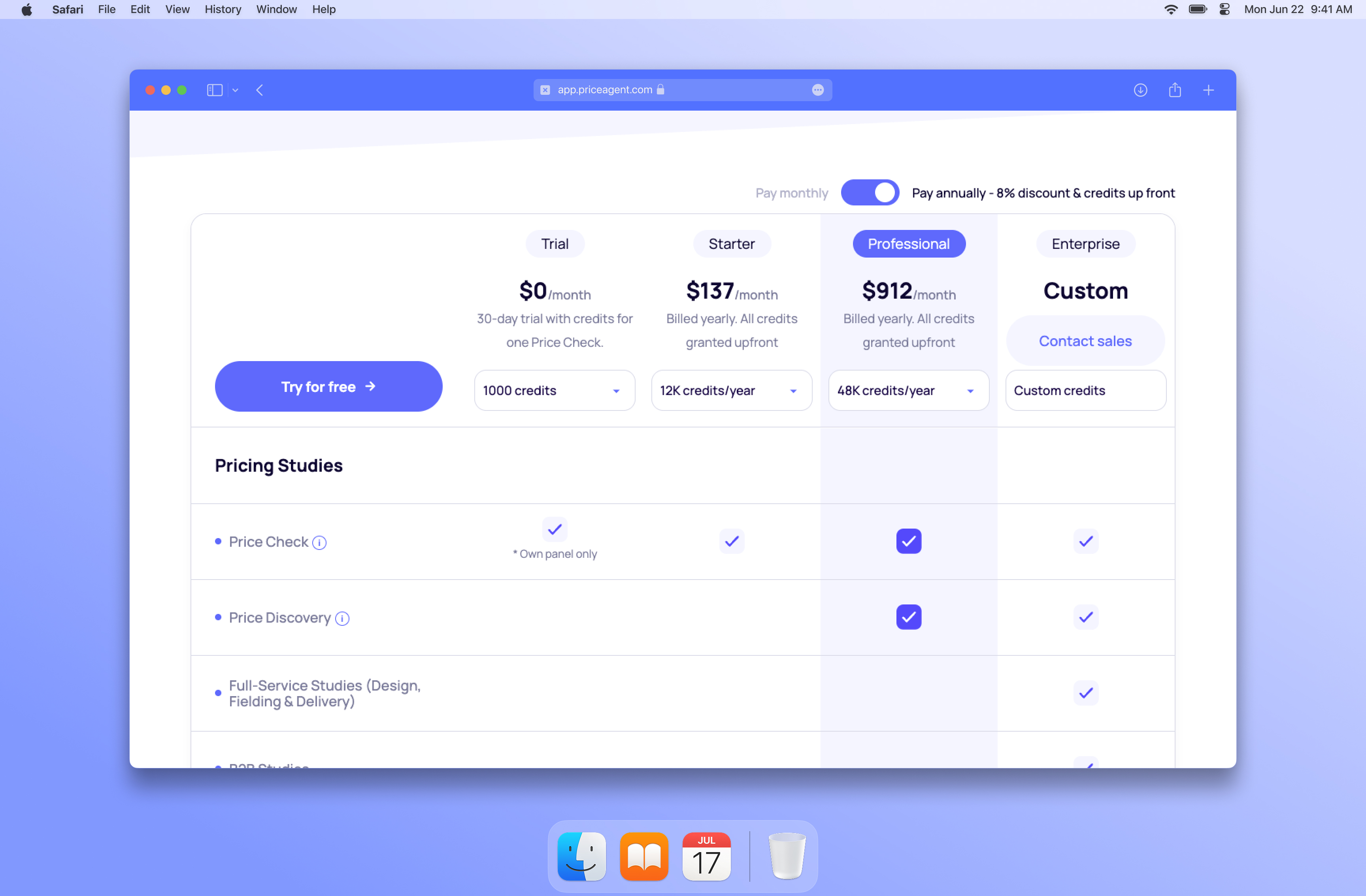Price Anchoring: All You Need to Know for 2024
Master price anchoring & influence customer decisions! Discover strategy that works,

Have you ever walked into a store, seen a seemingly expensive item, and then felt relief when you saw the "sale" price? That's the power of price anchoring in action. Price anchoring is a psychological pricing strategy that leverages the initial price information a customer encounters to influence their perception of subsequent prices. In other words, that initial price sets the anchor, and everything else is judged relative to it.
How Price Anchoring Works: The Psychology of Perception
Price anchoring relies on two key psychological factors:
The Power of First Impressions: The initial price a customer sees establishes a reference point in their mind. This anchor price becomes the benchmark against which they evaluate all subsequent pricing information.
Relative Value Perception: Consumers don't always have a clear idea of a product's intrinsic value. They rely on the anchor price to determine whether a subsequent price is reasonable or a bargain. A higher initial price can make a lower price seem more attractive, even if the discount itself is relatively small.
There are various ways businesses utilize price anchoring. Let's explore some common techniques:
Putting Price Anchoring into Practice: Anchoring for Profit
Highlight High-End Options: Showcase a premium version of your product with a significantly higher price tag. This creates a desirable image and makes your core product seem more affordable by comparison.
"Sale" Price Psychology: Strategically use "sale" prices to grab attention and create a sense of urgency. Customers are more likely to perceive a discounted price as a good deal, especially when compared to the original, higher anchor price.
Decoy Pricing: This tactic involves introducing a seemingly overpriced option alongside your desired product. The presence of this "decoy" subtly influences customers towards the more attractive price point of your core offering.
Ethical Considerations: Anchoring with Integrity
Price anchoring can be a powerful tool, but it's crucial to use it ethically:
Transparency is Key: Avoid misleading customers or creating a false sense of savings. Ensure your "sale" prices are genuine discounts from a previously offered price.Value Proposition Reigns Supreme: Price anchoring should complement your overall value proposition. Focus on highlighting the features, benefits, and quality that justify your pricing, even with the anchoring effect.
Price Anchoring in the Age of Data (Optional)
In today's data-driven world, businesses can leverage analytics to enhance their price anchoring strategies. Tools like PriceAgent (if applicable) can track competitor pricing, monitor customer behavior related to different price points, and help you optimize your anchor prices for maximum effectiveness.
Conclusion: Anchoring Your Success
Price anchoring can be a valuable tool in your pricing strategy arsenal. By understanding the psychology behind it, implementing ethical tactics, and potentially leveraging data and analytics, you can effectively influence customer perception and drive sales. Remember, price anchoring is just one piece of the puzzle. Consider using it alongside other pricing strategies for a well-rounded approach that maximizes your pricing power.
Ready to learn more about effective pricing strategies?Sign up for PriceAgent today.




